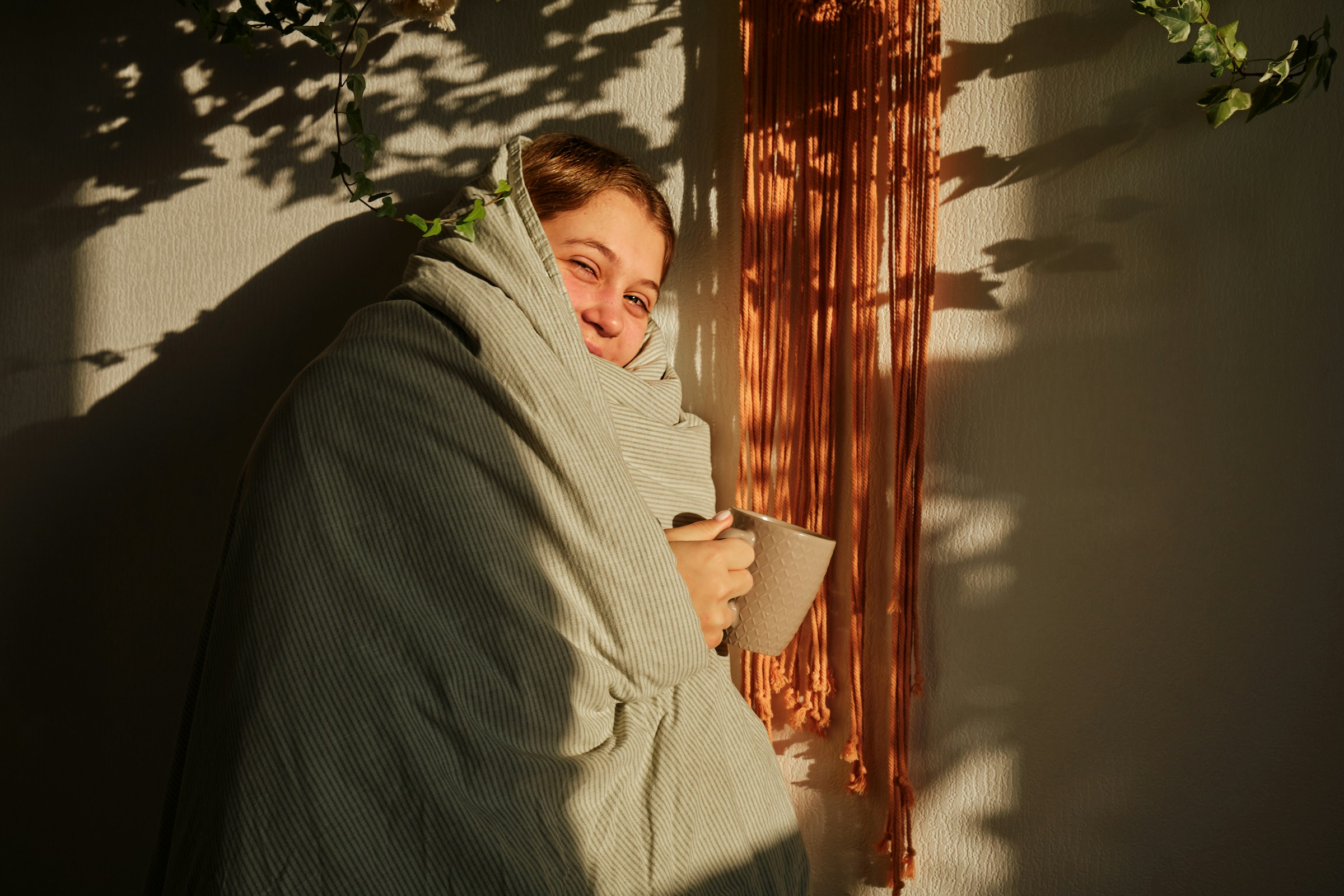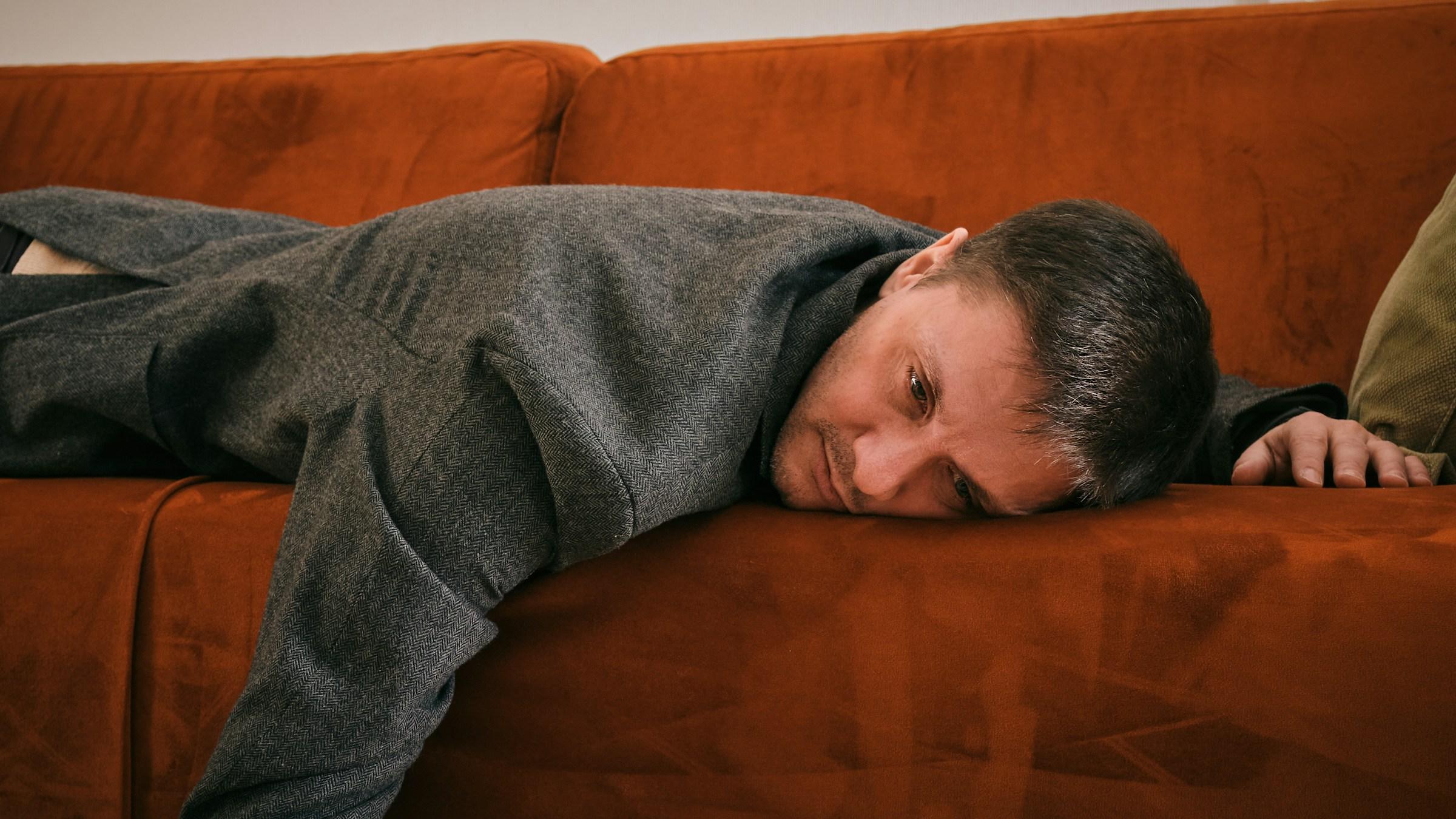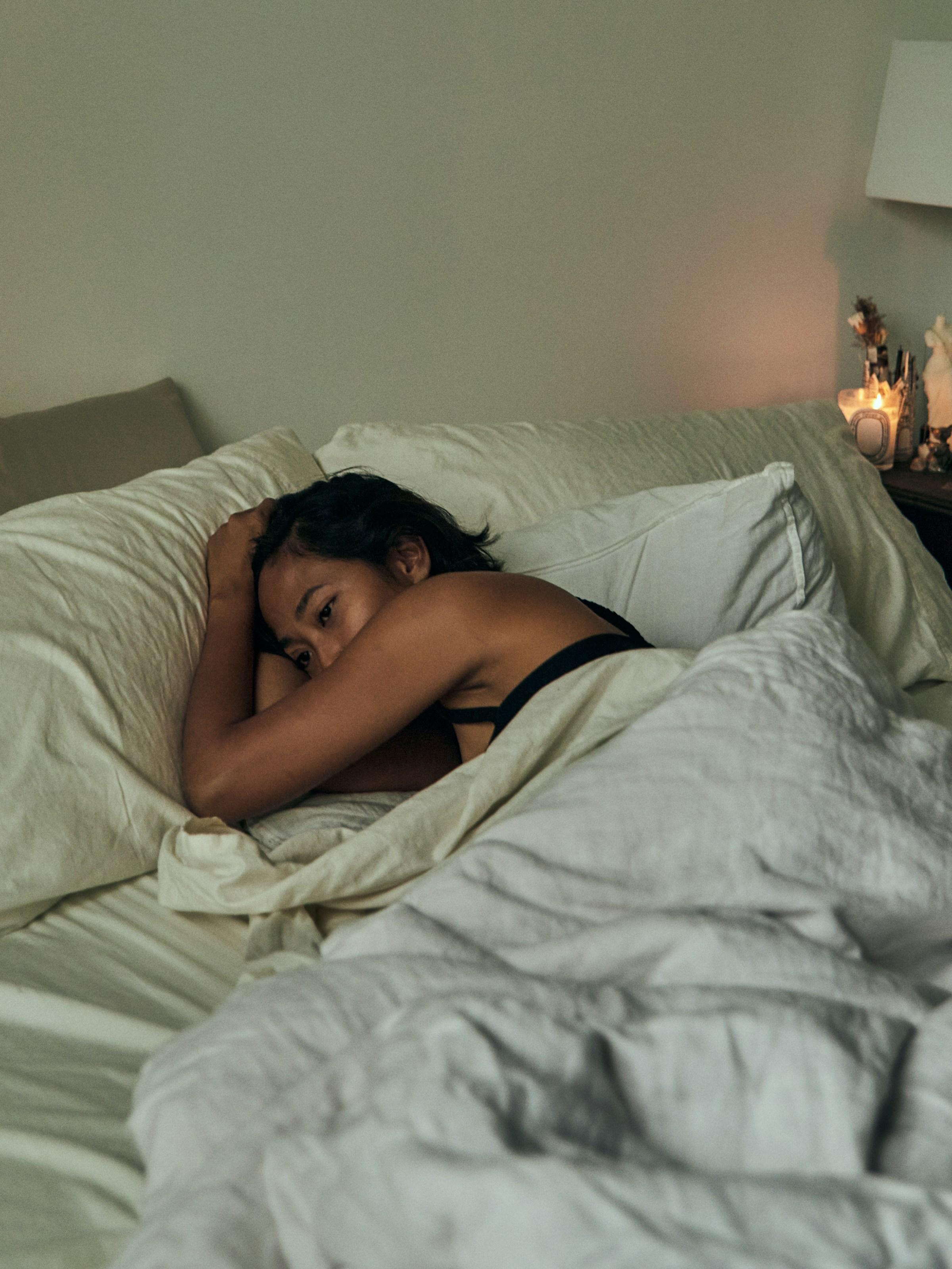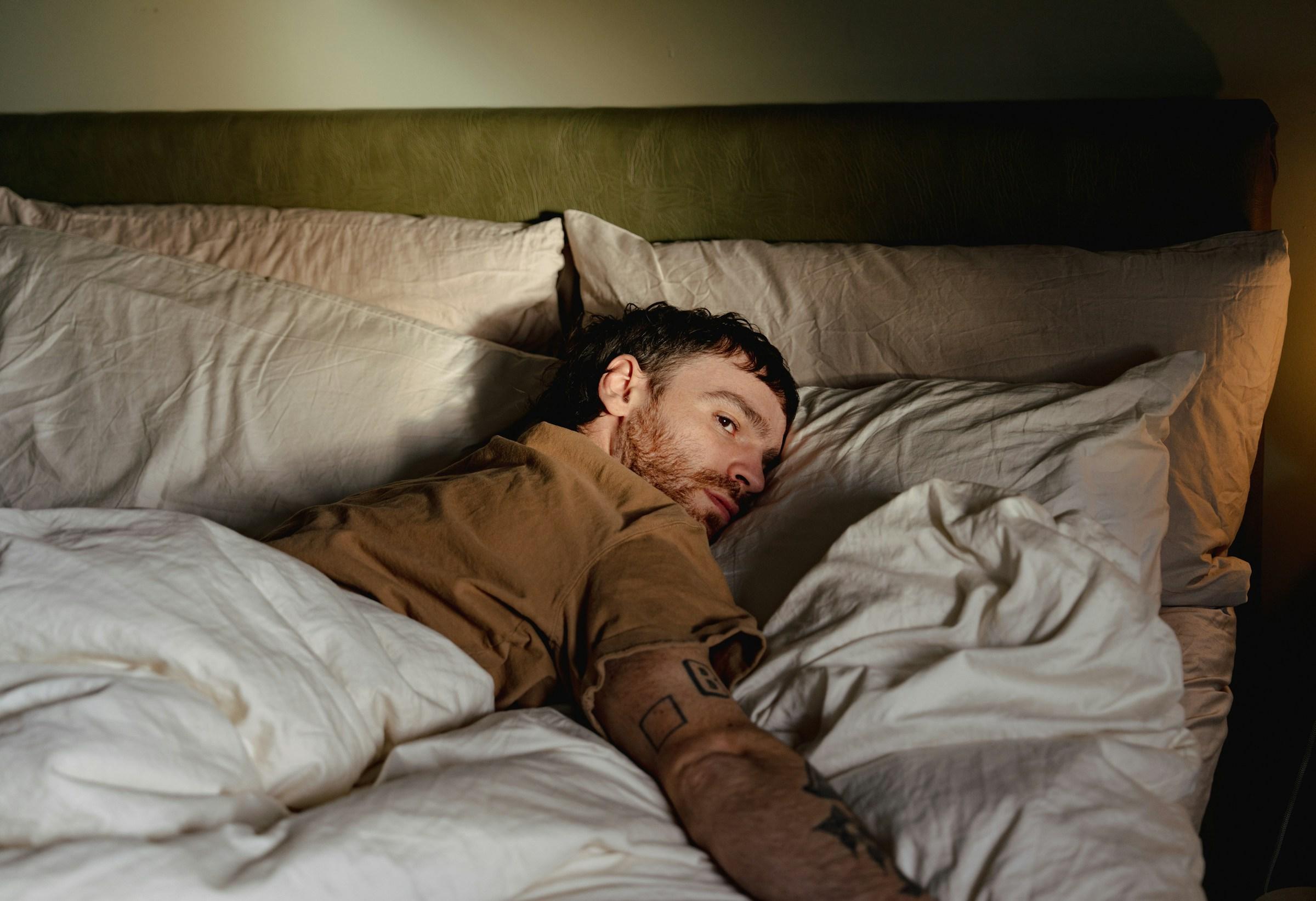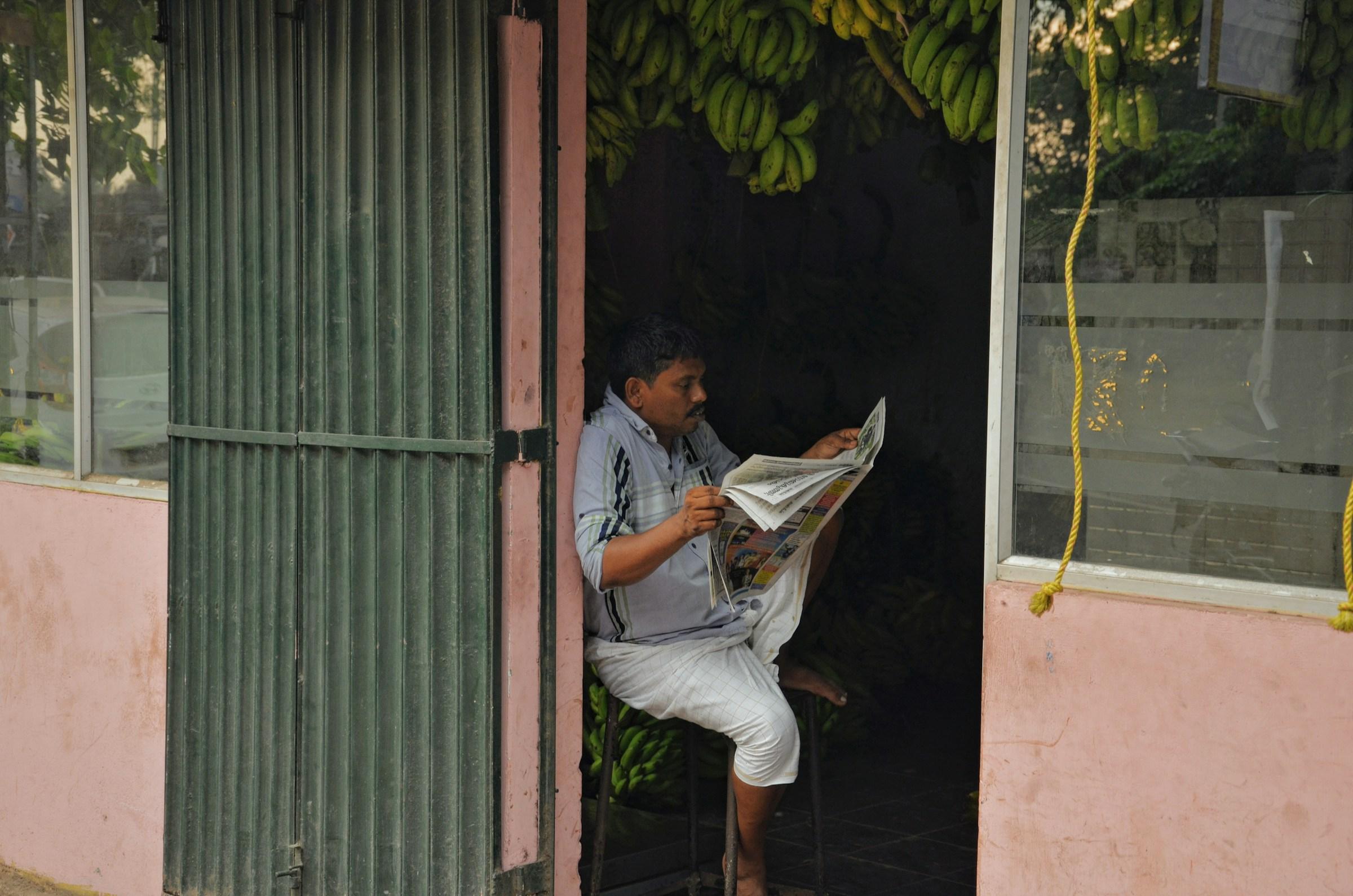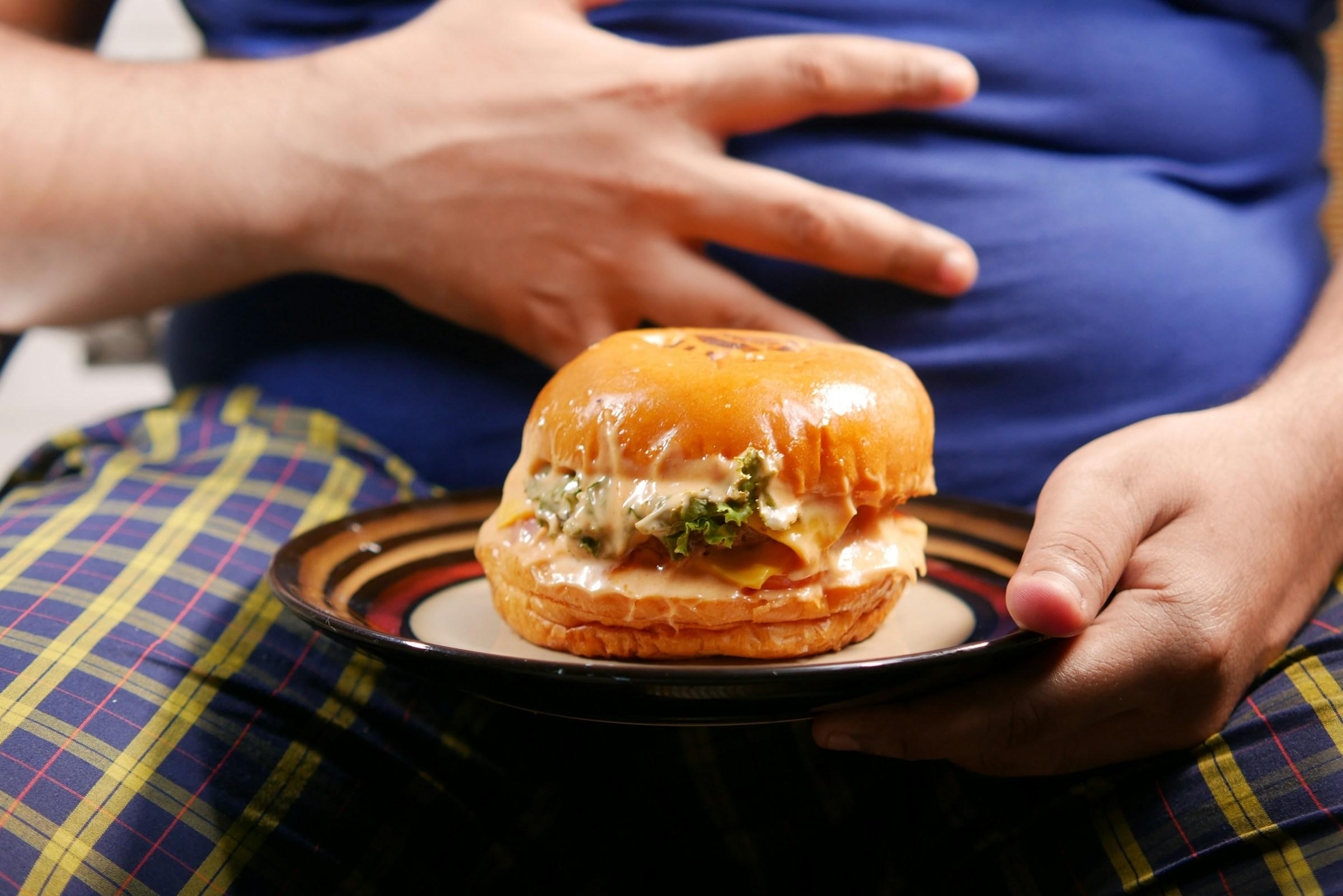A day without anchors rarely feels disastrous at first. You wake a little later than you meant to, linger over your phone, turn breakfast into a snack, and tell yourself you will make up the difference. By noon, the hours feel blurry. By evening, you are both restless and tired. The house looks the same, and yet the home has lost its beat. This is the quiet effect of moving through time without a routine. It is not a failure of character. It is the simple physics of life in motion without a frame. Inputs and outputs lose sequence. Tiny frictions multiply. Energy leaks through gaps that would be invisible if they were not repeated throughout the day.
When routine is absent, time is the first relationship to fray. Mornings have no opener, so the clock feels like fog rather than a friend. Tasks blur into one another. You drift between tabs and rooms. Nothing is impossible, yet everything is strangely heavy. Routine is often misunderstood as strict discipline. In practice, it is closer to a frame placed around a picture. The frame does not constrain the art. It defines it. A small ritual at the start of the day gives shape to attention. It creates edges your mind can see, so focus has a place to land.
In the fog where time has no edges, decision fatigue takes root. Every small choice balloons into hesitation. You debate breakfast. You search for clothing. You shuffle work blocks. The brain spends its best fuel on logistics rather than on the work, care, or relationships that actually matter. Homes without steady sequences amplify this drain because the environment offers no cues to protect attention. Drawers mix categories. Counters carry yesterday. Notifications breach the morning because nothing stands guard. A routine functions as that guard. It is not an authoritarian schedule. It is a steady pattern that reduces needless choices so the important choices receive your best mind.
Clutter grows in the spaces where routine does not flow. Piles form near the door. Dishes linger longer than the appetite that created them. Laundry waits one room away and then two days too long. Each item whispers later. Later becomes a small chorus of visual noise that crowds the senses and narrows patience. You do not need a severe clear out to change this experience. You need a repeated path. A landing spot by the door, a quick rinse after tea, a hamper near the place you actually change. These are not austere rules. They are design for motion. When objects have a predictable home and the steps are short, order appears as a side effect of the path rather than as a separate chore that looms.
Sleep is a quiet casualty of days without rhythm. Without an evening cue that tells the body to power down, your system hunts for signals and finds light. Screens stay bright. Dopamine stays high. Bedtime drifts. Morning inherits the debt. Sleep loss does not arrive as a single dramatic collapse. It shows up as a mood that sours faster, a snack craving that is louder than hunger, a thought you almost had before it slid away. The home can help by dimming before you do. A warm lamp at a set hour, a charger kept outside the bedroom, a wash up that smells the same each night. Sensory cues repeated gently tell the nervous system what comes next. The pattern does what willpower keeps failing to do alone.
Food rhythms wobble when routine is missing. Without an anchor meal, you graze through the day and feel unsatisfied. The fridge turns into a museum of half used ingredients with no shared destiny. This is often framed as a willpower story when it is really a layout story. Put the base for the next meal where you can see it. Cook a pot of grains on Sunday. Keep prepared vegetables at eye level rather than buried in a drawer. Place a simple note on the fridge with two dinners that can be assembled without fuss. The kitchen stops being a question mark and starts offering you an easy yes.
Movement shrinks when cues are absent. You mean to stretch and do not. You plan a walk and forget the shoes. In a contest between intention and friction, friction wins whenever the setup is far from the action. The antidote is to bring the action closer. Put a mat in the place you pass every morning. Fill a bottle at night and leave it by the door. Choose one small loop that is so easy it feels almost funny, then let frequency beat intensity. Over time your body expects motion at that hour, which lowers the cost of starting and makes consistency feel less like effort and more like gravity.
Connection loses its place when everyone is improvising. Messages go unanswered. Check ins drift. Shared meals scatter into individual snacks. A home that repeats simple rituals makes room for people, not just tasks. A ten minute tea after dinner, a Saturday window when phones rest and plants are watered together, a short walk at sunset on the same street. Repetition turns care into a season that returns without a reminder. Affection stops competing with errands and starts riding alongside the day.
Work from home blurs rapidly when there is no start line and no finish line. The laptop creeps onto the couch. The couch creeps into your posture. The mind never feels off duty because the office never leaves the room. This is not a call to buy an elaborate desk. It is an invitation to draw a line with tiny cues. Open the laptop only after a first cup is placed on a coaster in a particular spot. Close it only after a short reset, like wiping the surface or setting a book where the laptop sat. These cues sound small, but they teach your attention to switch contexts. They protect your evening from the glow of unfinished tabs and the guilt of not having done enough.
Money feels more chaotic when days do not repeat. Bills slip through the cracks. Subscriptions renew without review. Groceries are bought twice while staple items go missing. A fifteen minute weekly check at the same time does more for calm than a monthly panic session ever will. A simple folder that collects receipts and notes, cleared during that small ritual, turns finances from a series of surprises into a predictable flow. It is domestic, not corporate, which is exactly why it works. You are living in a system, not fighting one.
Waste rises with improvisation. Food spoils at the back of the fridge. Shipping boxes pile up in corners. Batteries die in one drawer while a fresh pack arrives at your door. A short circuit lowers the pile. Cardboard flattens on Saturday. Food prep happens on Sunday. Batteries live in a clear jar you can see. The reward is not a badge for virtue. It is the quiet relief of shorter distances between intent and action.
Mood follows all of this. A home full of micro friction makes you tense before you even begin. A home that carries you forward with familiar motions invites you to relax into your day. Routine will not turn life into a floating dream. It simply reduces the effort spent on parts that should be easy, which frees your energy for the parts that are hard. That change is not dramatic to the eye, but it is deeply felt in the body.
Creativity benefits from edges in order to play. People often repeat the idea that routine kills spontaneity. In real life the opposite is common. Routine clears low grade chaos and returns attention to you, so the unexpected has space to land. When sleep, meals, and resets have rhythm, you can turn aside for a sudden museum visit, a side street walk, or a burst of writing with less cost. The bright moments become brighter because the base is stable.
On days without rhythm, the phone easily becomes a borrowed routine. Scroll feeds you a sequence of novelty that feels like movement. An hour later you are dulled rather than restored. Replace that borrowed rhythm with a local one. Keep a small basket of analog anchors where you sit. A book with a ribbon, a deck of cards, a sketch pad, a crossword. Reach becomes choice, and the choice becomes easy when the good option is already close to your hand.
Children and pets read routine like a map even when adults pretend not to. When a house runs on guesses, young bodies absorb the tension and reflect it back. A short story after dinner becomes a signal for bath. A leash lifted at a familiar hour becomes a signal for joy. The point is not perfection. The point is repeatability. The home becomes a teacher, and the lesson is calm.
If you share a space with others or care for someone, schedules overlap and complexity rises. This is where a design lens helps the most. Think in pathways rather than in rules to be policed. What is the path from outside to clean hands to set table. What is the path from dinner to dishes to quiet. Map that path once, then place tools where hands already pass. Soap near the door, cloths at the sink, compost within reach, plates stacked at the height of the person who sets the table. People naturally follow the path that is easiest. Make the easiest path the kindest one.
If you live alone, silence can stretch and turn a day shapeless. Routine becomes a gentle companion rather than a strict calendar. Music with breakfast, windows open for ten minutes in late afternoon, a short tidy before lights out. These small repeats say you belong in your space even without an audience. They mark chapters in a day that might otherwise merge into a single run-on sentence.
Travel and seasonal change will test any pattern. This is not a verdict on your resolve. It is a reminder to keep anchors simple and portable. A glass of water by the bed, a few minutes of morning light before screens, two vegetables with dinner, a five minute reset before you leave a room. Anchors that fit in a carry-on work anywhere. Your nervous system receives the gift of familiarity even when the view outside the window changes.
Perfection is the wrong target and often the enemy of useful change. Sinks will be full sometimes. Schedules will tangle. The aim is not strict order. The aim is less friction where it matters. You get there by testing rather than forcing. Try one cue for one week. If it sticks, keep it. If it fights you, redesign the cue rather than blaming yourself. Homes are prototypes that respond to small experiments. You are allowed to move the pieces until the flow supports the life you want to live.
If the word routine feels rigid, think instead of rhythm. Rhythm has a pulse and room for improvisation. It protects energy without stealing freedom. Start with bookends. Give the morning a simple opener that feels like a yes, such as a warm drink, a three item planning note, or a stretch on a mat that never moves. Close the evening with one gentle finish, such as dimming a lamp, washing your face, or reading a single page. Bookends turn a day into a story with a beginning and an end. The middle becomes easier because it is framed.
The effects of lack of routine are not theatrical. They are steady and quiet. You feel busy and undernourished at the same time. You move constantly and go nowhere. You buy solutions to problems that a small, repeated pattern would solve for free. Bring back a few touch points and the static fades. The same life starts to feel different because your space now moves with you. You will still have hard days, but they become survivable rather than overwhelming. The basics stay steady so your courage can go where it is needed most.
Design choices help more than motivation because design removes frictions before willpower is tested. Add a tray where the mail always lands. Leave the phone to charge outside the bedroom. Keep a shallow basket near the couch that catches the book, the remote, and the glasses before sleep. Place a small stool by a window where you sit for two minutes with the first drink of the day. Objects placed with intention become invitations to action. When you can see the invitation, you accept it without a debate.
Community can act as an anchor as well. A weekly walk through the market, a neighbor check on plants, a Sunday call with family while you fold a load of laundry. These are simple loops that stitch your time to the time of others. They are not grand occasions, and they do not need to be. Their power lies in their smallness and consistency. A life full of tiny shared repeats feels held.
You do not have to fix everything at once. Choose one energy leak and design around it. If mornings feel slippery, set the opener. If nights feel loud, set the closer. If food feels chaotic, set one hour for prep. If clutter nags at you, set a five minute reset after dinner. Track how you feel at the end of the week and adjust by feel, not by shame. The room will tell you when a cue is working because the room will begin to agree with you.
In the end, this is about alignment. The house has a flow whether you acknowledge it or not. Your body has a rhythm whether you honor it or not. When you allow those two patterns to meet, life stops feeling like constant improvisation and begins to sound like music. Not a strict march, but a human tempo with rests and returns. What we repeat becomes how we live. Choose warmth. Choose rhythm.



